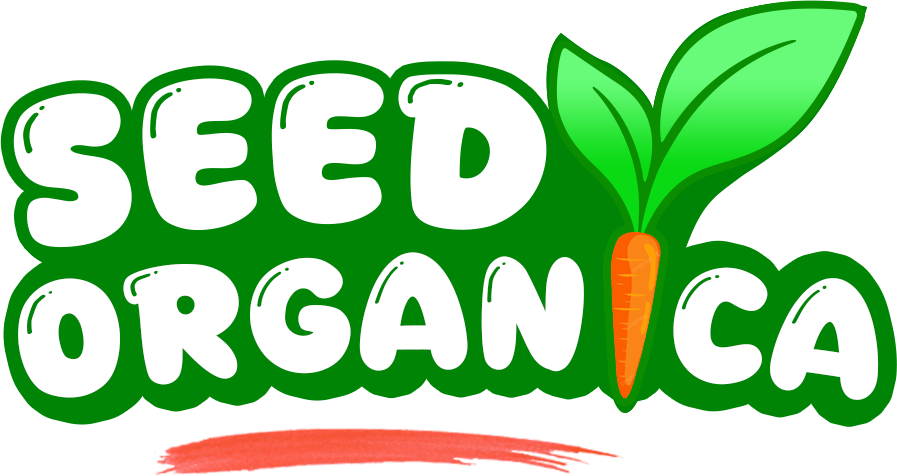Basketflower Seeds – American Centaurea
-
Estimated Delivery:Oct 21 - Oct 25
-
Free Shipping & Returns on all orders.
Basketflower Seeds – American Centaurea Variety produce elegant, thistle-like blooms that resemble large, lavender-pink cornflowers. Native to North America, this annual wildflower is known for its basket-shaped bracts beneath each flower head, giving it both beauty and unique texture. The blooms attract bees, butterflies, and other pollinators, making it a valuable addition to any garden or wildflower meadow.
Basketflower plants thrive in full sun and well-drained soil, showing strong heat and drought tolerance once established. They make excellent choices for naturalized areas, pollinator gardens, and cut flower arrangements.
Features:
-
Type: Annual wildflower
-
Common Name (US): Basketflower
-
Scientific Name: Centaurea americana
-
Variety: American Centaurea
-
Flower Color: Lavender to pink with cream centers
-
Bloom Size: 3–4 inches across
-
Growth Habit: Upright and branching
-
Height: 3–5 feet (90–150 cm)
-
Soil Requirement: Well-drained, moderately fertile soil
-
Sunlight: Full sun
-
Watering: Moderate; drought-tolerant after establishment
-
Bloom Time: Late spring through summer
-
Special Feature: Attracts pollinators; ideal for natural landscapes
Specifications:
-
Planting Season: Spring after last frost
-
Hardiness Zones (USDA): Zones 3–9
-
Sowing Method: Direct sow outdoors or start indoors 6–8 weeks before last frost
-
Germination Time: 10–20 days
-
Germination Temperature: 65–75°F (18–24°C)
-
Spacing Between Plants: 12–18 inches (30–45 cm)
-
Mature Plant Height: 3–5 feet (90–150 cm)
-
Best Growing Months:
-
Northern Zones (3–5): May to August
-
Mid Zones (6–7): April to September
-
Southern Zones (8–9): March to October
-
-
Maintenance: Low; deadhead spent blooms to encourage more flowers
-
Uses: Wildflower gardens, borders, meadows, pollinator habitats, and cut flower displays

















